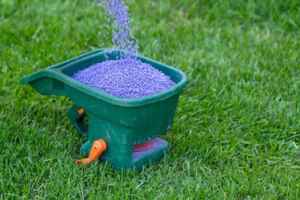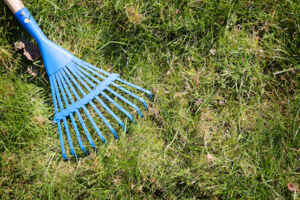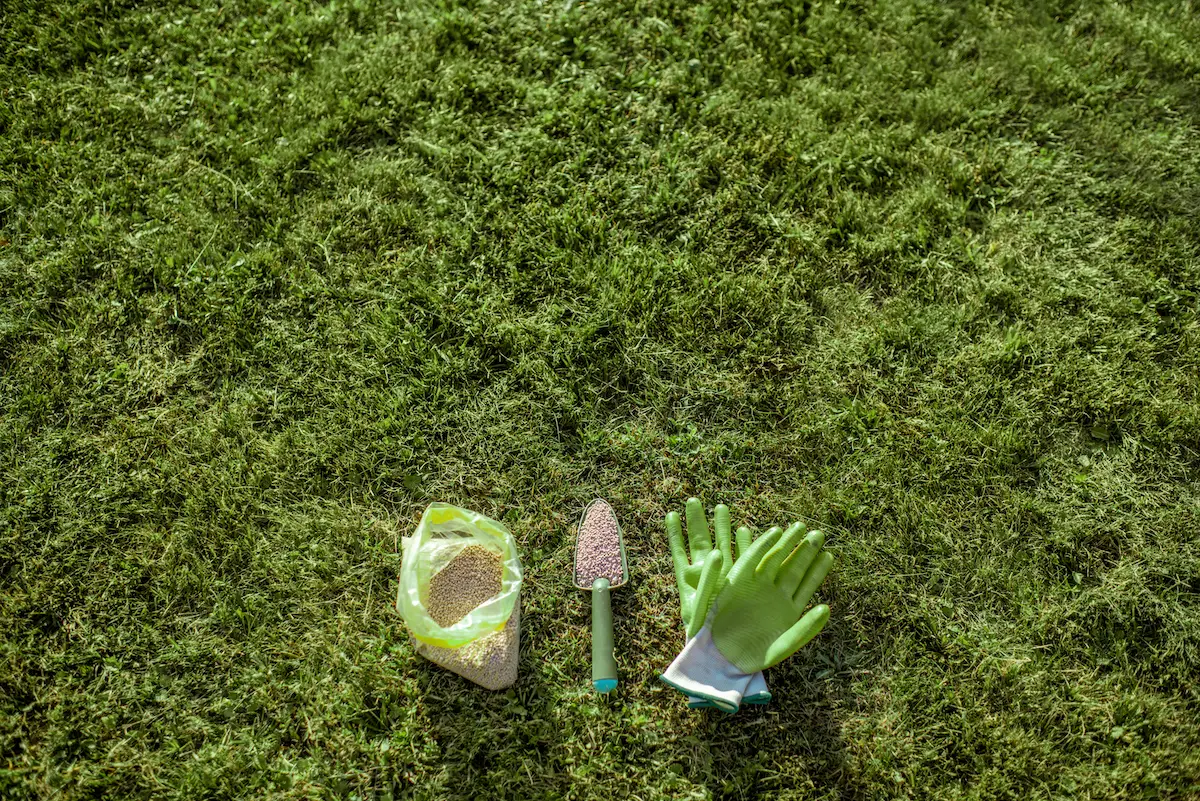If I Forgot to Fertilize My Yard In the Fall, Is It Too Late?
Keeping up with yard work can be tricky, especially when it comes to keeping track of seasonal tasks like fertilizing the lawn. I know autumn is the best time to do this, but I often keep putting it off from one weekend to the next until suddenly it’s no longer fall. So, if I forgot to fertilize my yard in the fall, is it too late?
No, it is not too late. However, you typically shouldn’t use the same fertilizer in the winter, spring, and summer that you would in the fall, because your grass needs different nutrients during this time.
While fertilizing your yard in the fall will usually bring the most benefits, there are plenty of treatments you can apply throughout the year to make your lawn look appealing and healthy.

How To Fertilize Your Yard Year-Round
Fertilizing your lawn in the fall is usually a best practice because it contributes to the growth of deep roots and helps protect grass against winter weather. It also supplies your lawn with the nutrients like potassium and nitrogen that it needs to prepare for spring growth.
You can often apply this winterizing fertilizer as late as early December, but you should check with your local lawn care professional for specific advice for your area and grass species.
However, if you aren’t able to get this autumn fertilizing done in time, you still have plenty of options. Here are a few steps you can take to help keep your lawn healthy and beautiful year-round:
1. Dormant Seeding
In some areas, you can apply grass seed in the winter. This is called dormant seeding, and it’s a great option if your lawn is patchy and bare in spots. While you won’t see most of the seeds sprout until it warms up, the winter months will give them plenty of time to come in contact with the ground so they’ll be ready to sprout in springtime.
2. Spring Fertilizer
During the spring, apply a high-nitrogen fertilizer to encourage early-season growth. This is especially useful if the grass still looks patchy from winter dormancy. You should try to apply this fertilizer as you’re seeing signs of growth in your grass — right around the time you need to mow it for the first time. This will help make sure your grass is ready to withstand the high temperatures summer brings.
3. Summer Fertilizer and Care
In the summer, choose a fertilizer with slightly lower nitrogen levels — fertilizers with too much nitrogen could burn your grass. In addition, you should water your lawn regularly and apply a fungicide treatment if you notice brown spots or patchiness.
4. Late Summer Fertilizer
In late summer, use a slow-release fertilizer again for strong roots and greener grass going into autumn. If you’re applying fertilizer in the late summer, make sure to do it at least a couple of weeks ahead of when your area experiences its first frost.
It’s important to remember that no matter when you fertilize your yard, keeping up with basic lawn maintenance like mowing, weed removal, and aeration all year round is vital. This will help ensure that your grass stays healthy and looks and feels great.
You should also remember that every region and type of grass is different, so ask your local garden store experts for advice if you’re in doubt.
Why You Should Fertilize Your Lawn
Fertilizing your lawn is vital for keeping it healthy and strong all year round. Fertilizers provide the nutrients like phosphorus, nitrogen, and potassium that grass needs for root development, color, and resilience against extreme temperatures and fluctuations in water levels.
Fertilization also helps with weed control by providing the optimal conditions for your grass to out-compete weeds. Additionally, by maintaining a thick turf layer through regular fertilization, you’ll greatly reduce the chance of soil erosion caused by heavy rains or melting snow.
So, if you want to make sure your lawn looks great all year round, remember to check with your local lawn care expert for advice and fertilization schedules specific to your region. Fertilizing your yard is the best way to have a healthy, beautiful-looking lawn that will last.

The Benefits of Raking and Aerating Your Lawn
In addition to fertilizing, you should also consider raking and aerating your lawn. Raking removes dead grass and debris like leaves, twigs, and pine needles from the surface of your lawn. This helps promote water absorption into the soil while simultaneously preventing diseases caused by excess moisture.
Aeration is a bit more of an involved process than raking, as it involves pulling out small plugs of grass and dirt from your lawn, effectively poking holes all over it. This process increases oxygen levels in the root zone, allowing for more efficient nutrient uptake.
Aerating your lawn is especially important if it’s compacted due to heavy foot traffic or has a high clay content. Compacted soils can create an inhospitable environment for healthy roots, as they can’t spread out properly when the ground is too hard. By aerating in early fall or spring, you’ll help loosen up those tight soils and give your grass the best chance to thrive.
By combining all these practices — fertilization, raking, and aerating — you’ll be well on your way to having a healthy, beautiful lawn that can withstand any weather conditions. So, don’t forget to set up a schedule for keeping up with all of these tasks throughout the year.

Using Weed Sprays on Your Lawn
Weed spray can be a great way to keep weeds in your lawn under control, but it is important to use it responsibly.
When using weed killer, make sure you choose one that’s appropriate for your type of grass and that won’t cause damage to any nearby plants or animals. Always read the instructions on the label carefully before applying, and never use more than is recommended. Additionally, avoid using weed sprays during windy conditions when they can easily drift away from their intended target, potentially causing harm to other areas of your lawn.
Also, you should pay attention to whether the weed spray you’re using is intended as a preventative measure or a spot treatment. Preventative weed killers work best when applied in late winter or early spring before weeds have a chance to germinate, while spot treatments are best for attacking existing weeds that have already begun to sprout.
Related Questions
Does manure work well as a lawn fertilizer?
Manure can be a great fertilizer for your lawn, as long as it is properly aged and composted. When using manure as a fertilizer, mix in some organic matter such as compost or peat moss to balance out the nitrogen levels and provide other nutrients. You should also make sure you spread the manure evenly over your lawn so that it doesn’t create any patches of overly fertile soil, as this could lead to weeds or shallow grass roots.
Should you fertilize your bushes and trees?
Fertilizing your shrubs and trees can be beneficial to their health, but you should always make sure that the fertilizer you use is specifically made for the type of bush or tree you’re treating. Fertilizing too often or using fertilizers not suited to the species could cause damage to the plants. It’s best to consult a professional landscaper or garden center to determine the best fertilizer for your plants.





